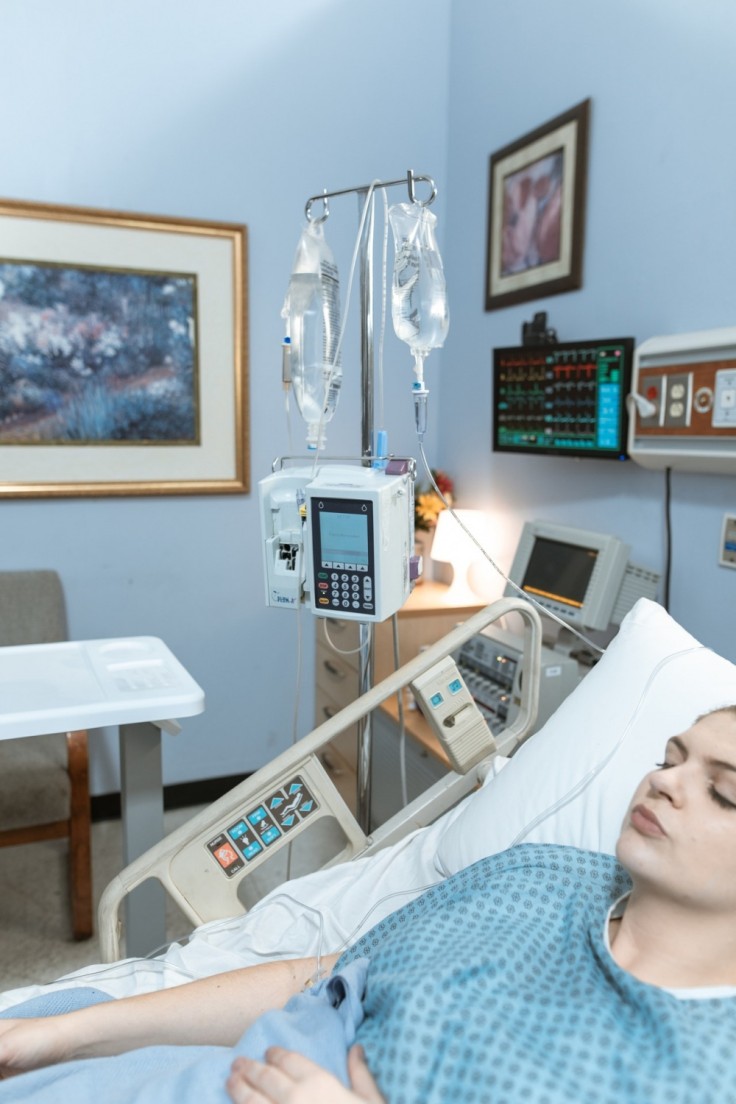
Triploidy is a rare genetic disorder that occurs in about 1-3% of pregnancies. Most pregnancies affected by triploidy end in miscarriage, but approximately 1 in 1,200 triploid babies live after birth.
Fortunately, if you're concerned about having a baby with triploidy, there are several tests you can take early on in your pregnancy to determine your risk.
Using non-invasive prenatal testing (NIPT) can alert you to abnormalities or potential problems. If your blood test comes back with unusual results, your primary care physician or OB/GYN can order additional screening measures.
What Is Triploidy?
Triploidy occurs when a baby is born with an extra set of chromosomes in their cells. Normal, healthy cells contain 46 chromosomes. 23 are inherited from your mother and 23 are inherited from your father.
Babies born with triploidy have 69 chromosomes in every cell. This happens when a baby inherits an extra set of chromosomes from one of their parents.
The majority of pregnancies with triploidy result in spontaneous miscarriage during the first trimester. The small number of infants who do survive may have severe birth defects, including mental retardation, heart defects, and neural tube defects like spina bifida.
Children who are born with mosaic triploidy can live relatively long lives. Mosaic triploidy occurs when the number of chromosomes is different in every cell. For example, some cells contain 46 chromosomes, while others contain 69.
What Causes Triploidy?
Triploidy occurs due to abnormal fertilization. That can occur in one of two ways:
Digynic fertilization. Digynic fertilization occurs when a mother passes on an extra set of chromosomes to her baby. This happens when a diploid ovum, or egg cell, is fertilized by a single sperm.
Diandric fertilization. Diandrid fertilization occurs when a father passes an extra set of chromosomes to his baby. This happens when two sperm (diploid sperm) fertilize a single egg at the same time.
Diandric pregnancies typically result in spontaneous miscarriages during the first trimester, while digynic pregnancies typically end when the pregnancy is closer to full term.
Who Is At Risk For Triploidy?
Triploidy occurs spontaneously and isn't the result of a mother's age or family history. In fact, couples who have a baby with triploidy aren't necessarily more likely to experience the condition again in the future.
How Is Triploidy Diagnosed?
Triploidy is diagnosed in one of two ways:
Chromosome analysis test. A chromosome analysis test analyzes the number of chromosomes in a growing baby's genes to determine if there are extra chromosomes. To perform this type of test, your primary care physician uses a thin needle to take a sample of your placenta.
Amniocentesis. During amniocentesis, your primary care physician uses a needle to take a sample of your amniotic fluid. The sample is sent to a laboratory that analyzes it for signs of abnormal chromosomes.
What Can I Do If My Baby Has Triploidy?
Unfortunately, there's no way to cure or treat triploidy. If your doctor determines that you're at risk, your OB/GYN can help you determine a treatment plan and offer you more information about next steps.
Having a baby with triploidy won't necessarily affect your future pregnancies. You can safely conceive again without having to worry about a higher risk of triploidy. What's more, your OB/GYN or primary care physician can perform prenatal testing, ensuring you and your baby receive the utmost care.